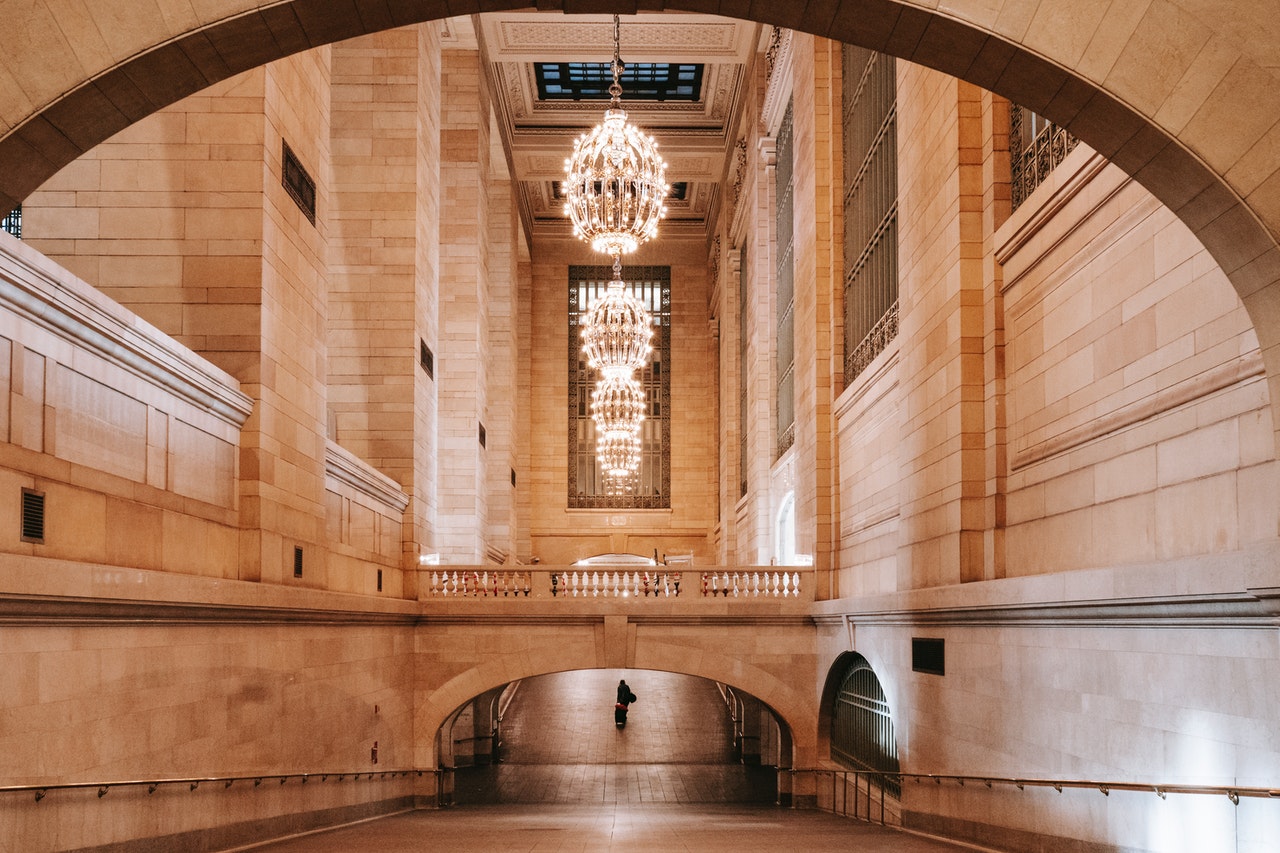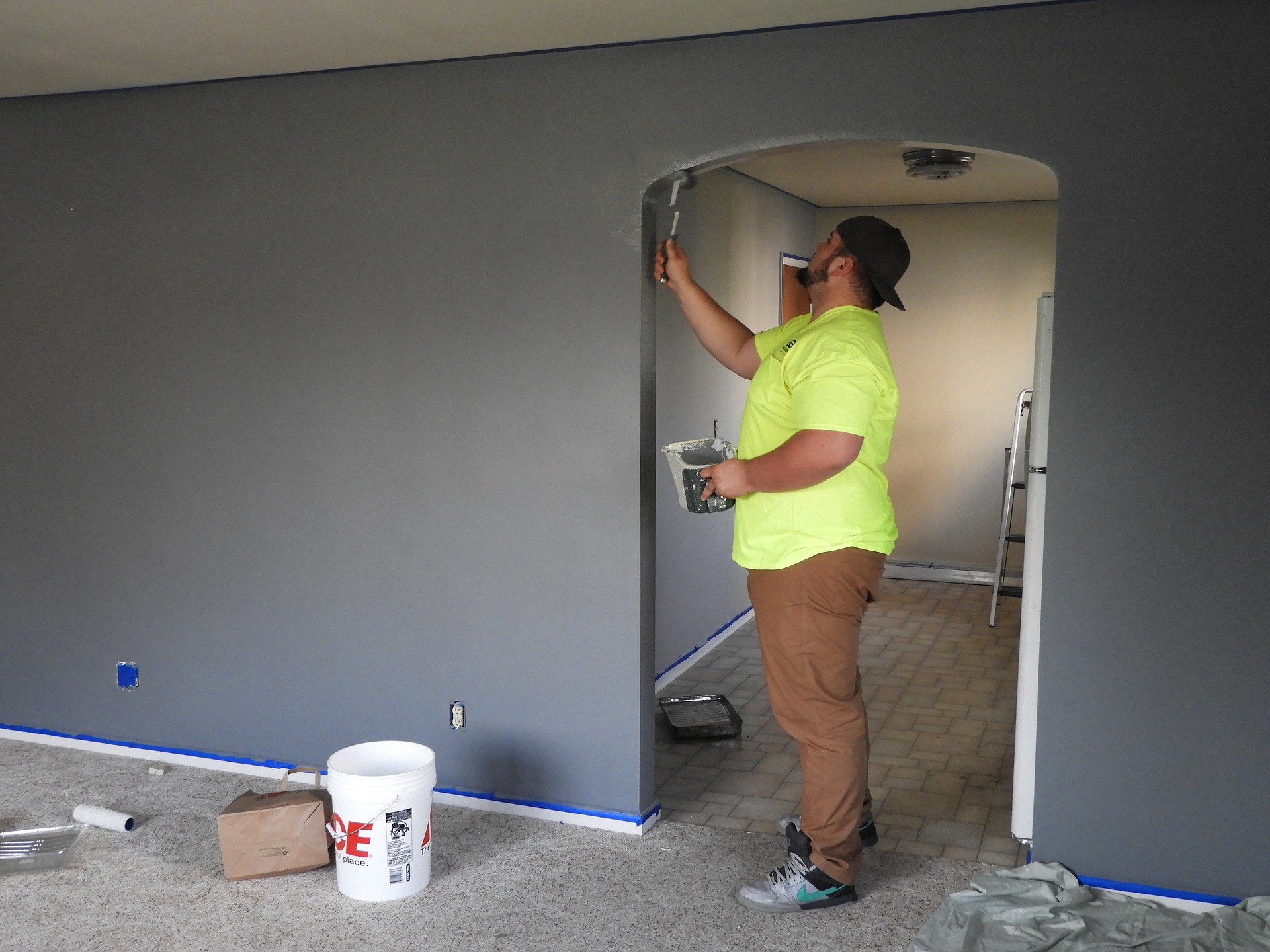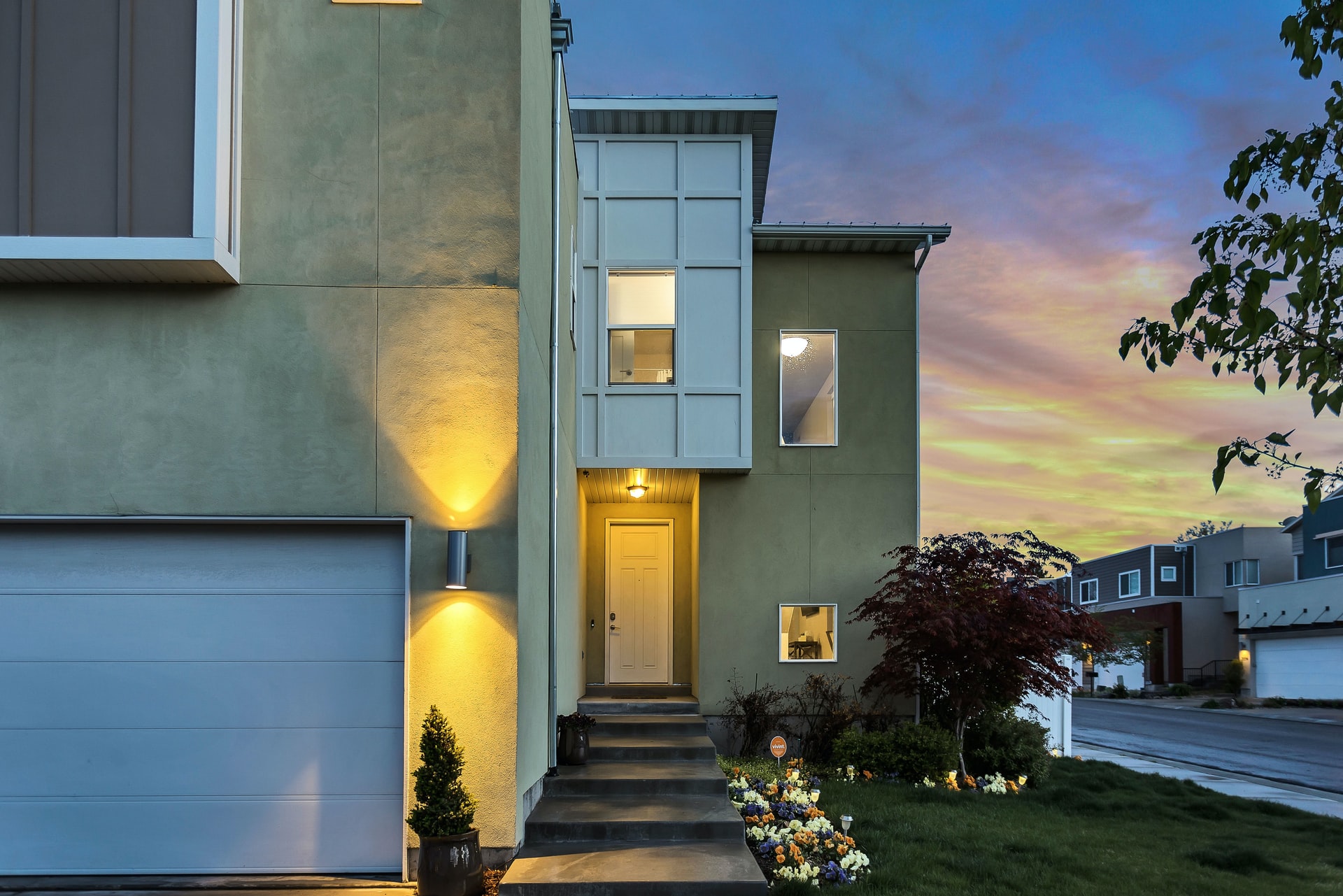Last Updated on: 22nd November 2023, 01:08 pm
Kaley Tyne Johnson is a freelance interior designer whose job takes her all over the world, particularly the US, Canada and the UK. With a keen interest in architecture, she makes the most of every opportunity to explore new areas, taking in architectural styles and property eras. This article explores seven of America’s most iconic buildings.
1111 Lincoln Road, Miami Beach, Florida
Designed by the world-famous Herzog & de Meuron of Switzerland, 1111 Lincoln Road is like no other parking garage on Earth. Completed in 2010, the open-air construction can hold up to 300 automobiles at once.
Incorporating three restaurants and 11 shops on ground level, with more stores on the fifth level and an additional restaurant on the roof, 1111 Lincoln Road is the result of a collaboration between renowned architects, artists and designers, culminating in a unique retail, residential, dining and parking experience for residents and visitors to Miami.
United States Capitol, Washington D.C.
Built in the neoclassical style, the Capitol Building is one of the world’s most recognizable symbols of democracy.
Located at the east end of the National Mall on Capitol Hill, construction of this iconic building was completed in 1800. Today, this four-acre administrative building is home to the judicial and legislative branches of the federal government.
Admission is free, although passes are required for guided tours.
Grand Central Station, New York
Grand Central is not only one of the most stunning buildings in New York, but one of the United States’ most beautifully designed structures – not to mention one of the most majestic railway terminals in the world.
Completed in 1913, the station was designed by Reed & Stem and Warren & Wetmore and built in the Beaux-Arts style. With 44 platforms serving 63 tracks, the terminal is world-famous for its elaborate details such as the four-faced clock, worth circa $10 to $20 million in today’s money, and the magnificent celestial ceiling mural.
It is sobering to consider that this architectural gem was almost lost to the wrecking ball in the 1970s, but thanks to architecture enthusiasts and preservationists – and a cause championed by none other than Jacqueline Kennedy Onassis – the terminal was saved in a landmark Supreme Court case.
The Ascent at Roebling’s Bridge, Covington, Kentucky
Designed by Daniel Libeskind, this residential building looks like no other in the region, or indeed the world. Libeskind took inspiration for the construction’s radical design from the nearby Ohio River.
This stunning testament to the vitality of the greater Cincinnati area was completed in 2008, standing 22 floors and 300 feet high. With its swooping peak and glass and white mottled sheath, it was described by the Cincinnati Enquirer as a ‘striking addition to the skyline’.
The Lou Ruvo Center for Brain Health, Clark County, Nevada
In terms of stunning American buildings, most people associate world-leading architecture with cities like New York, San Francisco and Washington D.C. Nevertheless, Nevada boasts its fair share of iconic structures.
The Lou Ruvo Center for Brain Health was designed by Frank Gehry and built in the Deconstructivism architectural style. Completed in 2010, this ultramodern structure operates as a research and treatment facility, comprising offices for healthcare researchers and practitioners, examination rooms, an auditorium, and a museum.
The Las Vegas Parkinson’s Disease Association, the Las Vegas Alzheimer’s Association, and the Keep Memory Alive Foundation are all headquartered within this one-of-a-kind building.
The Chrysler Building, New York City
When it was completed in 1930, the Chrysler Building made history as the tallest skyscraper in the world. Built in the Art Deco style, it was the first manmade structure to breach the 1,000 feet height barrier, although it lost its ‘world tallest’ status less than a year after completion to its nearby neighbor, the Empire State Building.
The Chrysler Building remains widely regarded as one of the finest buildings in New York by many contemporary architects. Commissioned by Walter P. Chrysler and designed by William Van Alen, the structure served as the Chrysler Corporation’s headquarters from 1930 until the mid-1950s.
With each corner of the 61st floor graced with eagles, the building features 3,862 windows and 8 elevators.
The White House, Washington D.C.
Designed by Irish-born architect James Hoban, the White House is the official workplace and residence of the United States President. Covering 55,000 square feet, this neoclassical mansion has survived multiple renovations, all-consuming fire, and 43 peaceful transfers of power over the last 200 years.
The site was selected by George Washington – America’s first president – in 1791, with the cornerstone laid the following year. Eight years later, President John Adams moved into the still unfinished residence with his wife, Abigail.
In 1812, the British set fire to the President’s house, and James Hoban was commissioned to rebuild it. It was named the White House by President Theodore Roosevelt in 1901.








